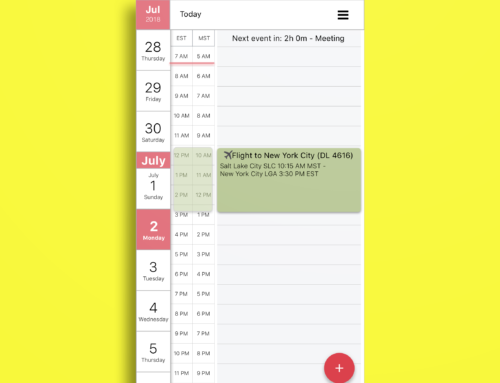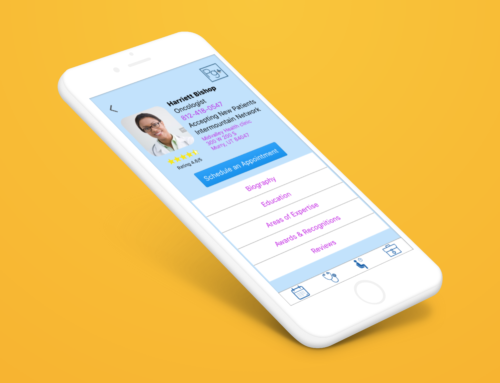Backcountry.com Instructional Design Challenge
Create a quick reference guide for learners to take with them after learning a new process.
Instructions:
-
Pick a process you are comfortable with (at work or in your personal life) and develop a 1-page Quick Reference Guide in PowerPoint or Google Slides
-
Imagine your audience has been through a beginner training class on this process and is going to use this guide to make sure when they leave class they are still able to remember all of the important details.
-
Provide a short paragraph on why you designed the guide the way you did.

OVERVIEW
Quick reference guides are a great way to trigger synapses in the adult learner. I chose to use infographics alongside short explanations because it makes the material much easier to scan in a moment of need.
Making good coffee just so happens to be a hobby of mine. In fact, I have written a few manuals on the topic to help new hires overcome their fear of complex coffee machines in the workplace. The reality is that once you understand the basic grind types and water to coffee ratios, the rest is easy. I focused on the foundations of traditional espresso drinks because they are the building blocks of a good barista.


Basic Recipes
The side of the paper with drink recipes is laid out with the correct order to add each ingredient, while the picture gives the user a mental model to build a lasting impression.
The color coding of the recipes is an intentional cue to supplement reading through the instructions during a moment of need which gives the barista the ingredients and ratios at a glance.
From top to bottom the recipes are laid out from most popular to least popular and most sweet. Admittedly the Affogato is not one of the more frequently ordered espresso drinks, but trust me once you try one, you’ll want another.
Frothing Instructions
The frothing instructions are built with a similar model in mind and are included because froth is a key ingredient in most espresso drinks. Making froth with proper consistency is also one of the harder parts to master as the proper consistency is the key to making latte art.
Making froth with proper consistency is also one of the harder parts to master as the proper consistency is the key to making latte art.
I intentionally designed the instructions to be transferrable to any basic espresso machine. The instructions cover the steam wand, steam valve, and milk consistency. Once a barista understands the nuances of their machines steam function the rest just comes down to practice.












